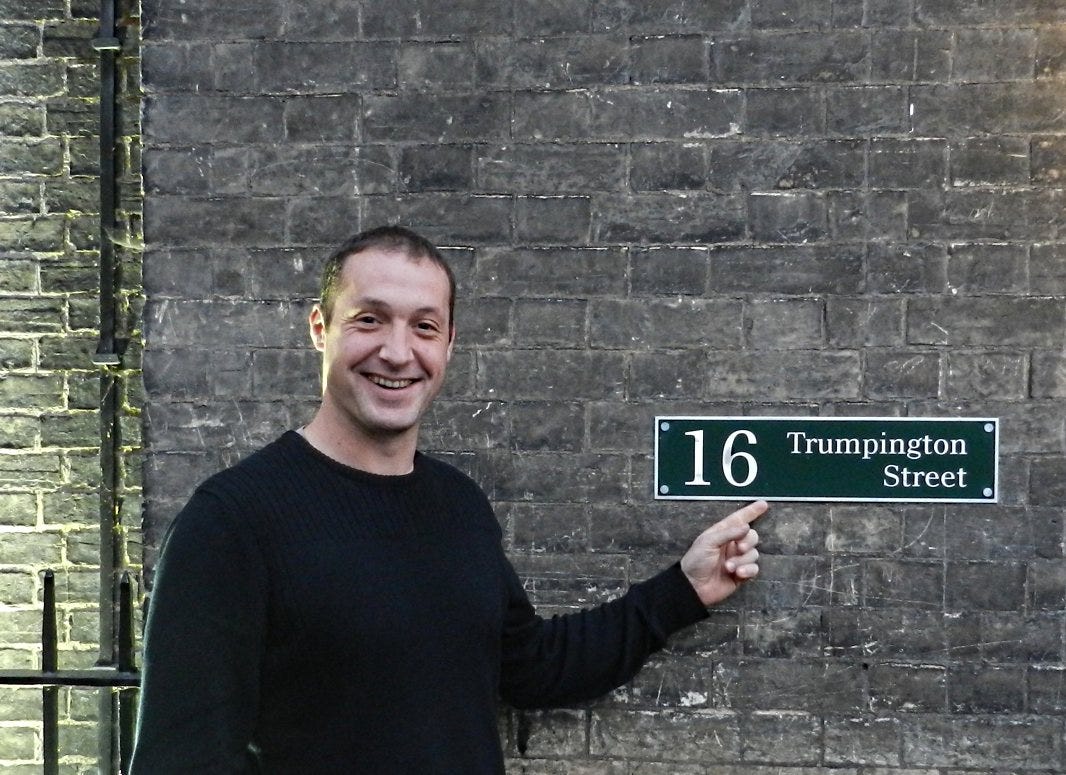Hotel du Teran

If it's Thursday, this must be Trumpington Street . . .
Winemakers can be a tricksy bunch. There are the natural showmen and marketeers, keen to show you their "icon" wines and boast about how much new oak is used for the premium cuvees. Then there are the quiet taciturn types who, you suspect, would rather be out in the fields than talking to you. Some…
Keep reading with a 7-day free trial
Subscribe to The Morning Claret to keep reading this post and get 7 days of free access to the full post archives.



